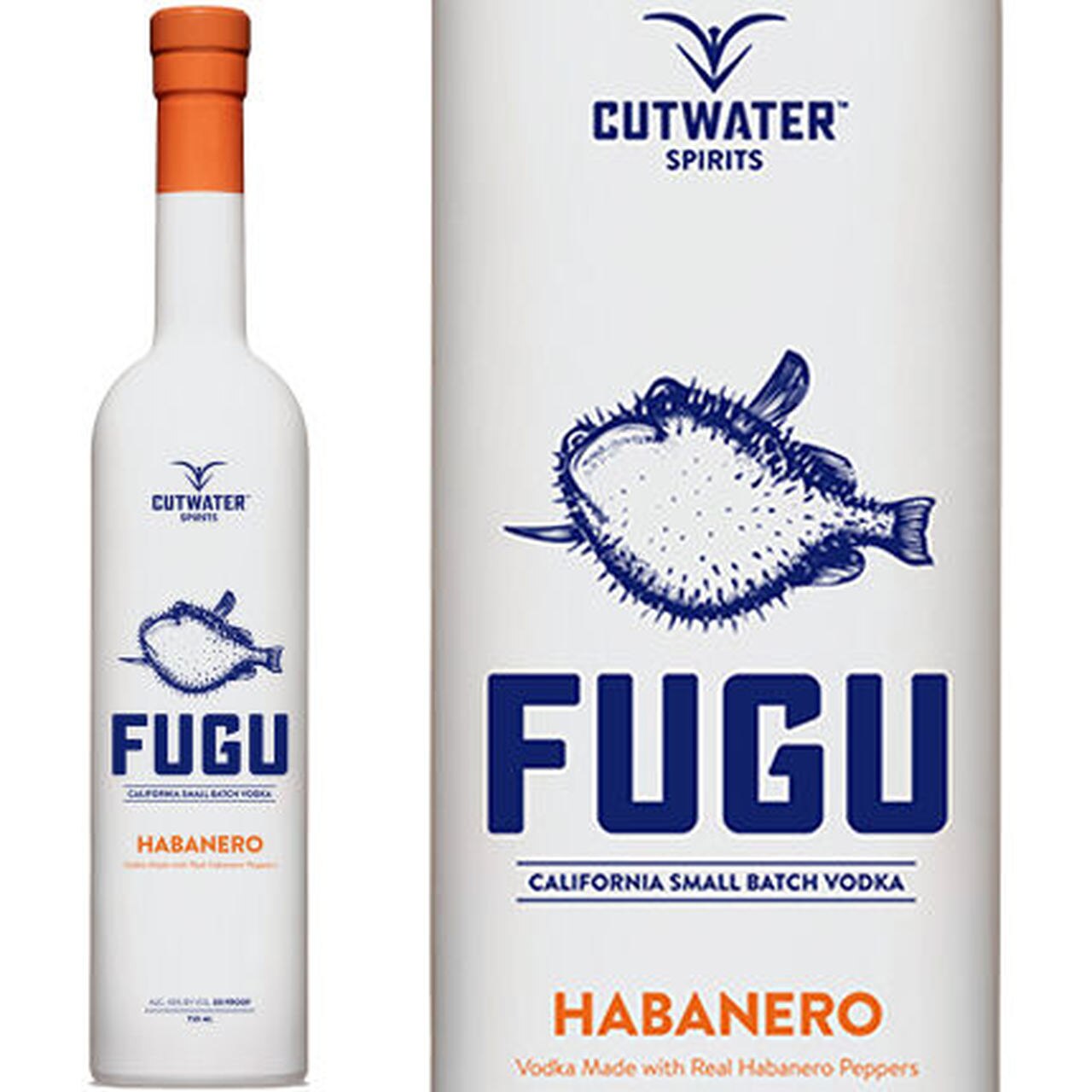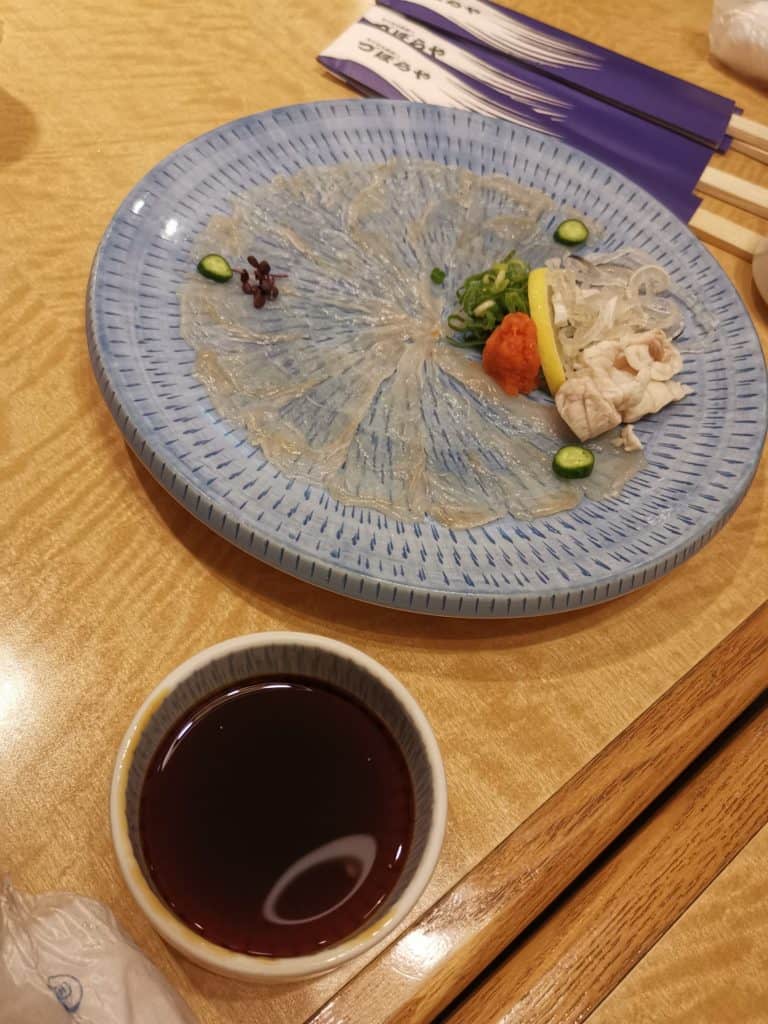
Only 21 agencies in Ishikawa Prefecture have won permission to make pickled fugu ovary across Japan.įifteen of them are individuals, meaning just six produce the specialty as companies. “It would be able to win World Heritage status in the foodstuff category by itself,” Koizumi wrote. In a book on fugu, Takeo Koizumi, professor emeritus of cuisine culture at the Tokyo University of Agriculture, described the ovaries of blowfish as “the most incredible fermented food on this planet.” It is not uncommon to see diners wolfing down the dish. The salty taste is made more savory by lightly mixing the ingredients in the bowl. Fish eggs burst throughout the oral cavity like bubbles.


It has a strong salty aroma that exudes an appetizing flavor. One such eatery on the grounds of JR Mikawa Station offers an “ochazuke” bowl topped with brown pickled fugu ovary on white rice for 400 yen ($2.80). An old saying states: “Eating fugu is great but risking your life is worse.”īelieve it or not, the dish is offered at eateries in Mikawa as part of efforts to revitalize the local community. Still, even die-hard fans probably never imagined consuming the “mako” ovaries containing a powerful poisonous compound, tetrodotoxin. Restaurants serve not only affordable, tasty fugu but their rich-flavored testes called “shirako.” It is anything but a quick process.īut how does the “forbidden delicacy” actually taste?įor those living in Fukuoka and Yamaguchi prefectures in southern Japan, the flesh of pufferfish, eaten raw as sashimi or in a hot pot, is a winter specialty. Ovaries of the Japanese pufferfish, called fugu, are pickled in salt and bran in Hakusan’s Mikawa district to eliminate toxic poison.
#Fugu taste skin
Tough but thin strands of fugu skin came along with the hotpot. I almost flew to the roof just eating that. The slices of fish boiled in the clear broth was the most tender thing I’ve tasted. It was tough and I had an equally tough time trying to chew through it. The slices felt like rubber or maybe cow hide. When I started chewing, I was most disappointed. I picked up a sheet of sashimi, brought it to my mouth and savored the fish.

Each slice was almost paper thin and translucent. When the fugu sashimi arrived, it looked very promising. Walk further in, there are tables and the window overlooks the canal. When you enter the shop, there is a sushi counter. It’s really easy to spot the place as there’s a very prominent blow-up fugu hangs in the air. The shop, Tsuborya, is in the city’s busy food street– Dotonburi. (Yes, I’m not an anti-guidebook traveller because sometimes it saves time and energy.) We went to a shop in Osaka, a recommendation from a my super awesome Hong Kong-published guidebook which I borrowed from the library. So I decided during our Japan trip last October (has it been that long?!) that my mom and I will try fugu and hopefully not die from it. Before I tried it out, I imagined them to taste like salmon–melt in your mouth and smooth with OMEGA 3 fat. I happened to have the chance to eat fugu during my trip to Japan. Long answer: like rubber when raw but like silk when cooked. The short answer to the question: Rubber.


 0 kommentar(er)
0 kommentar(er)
